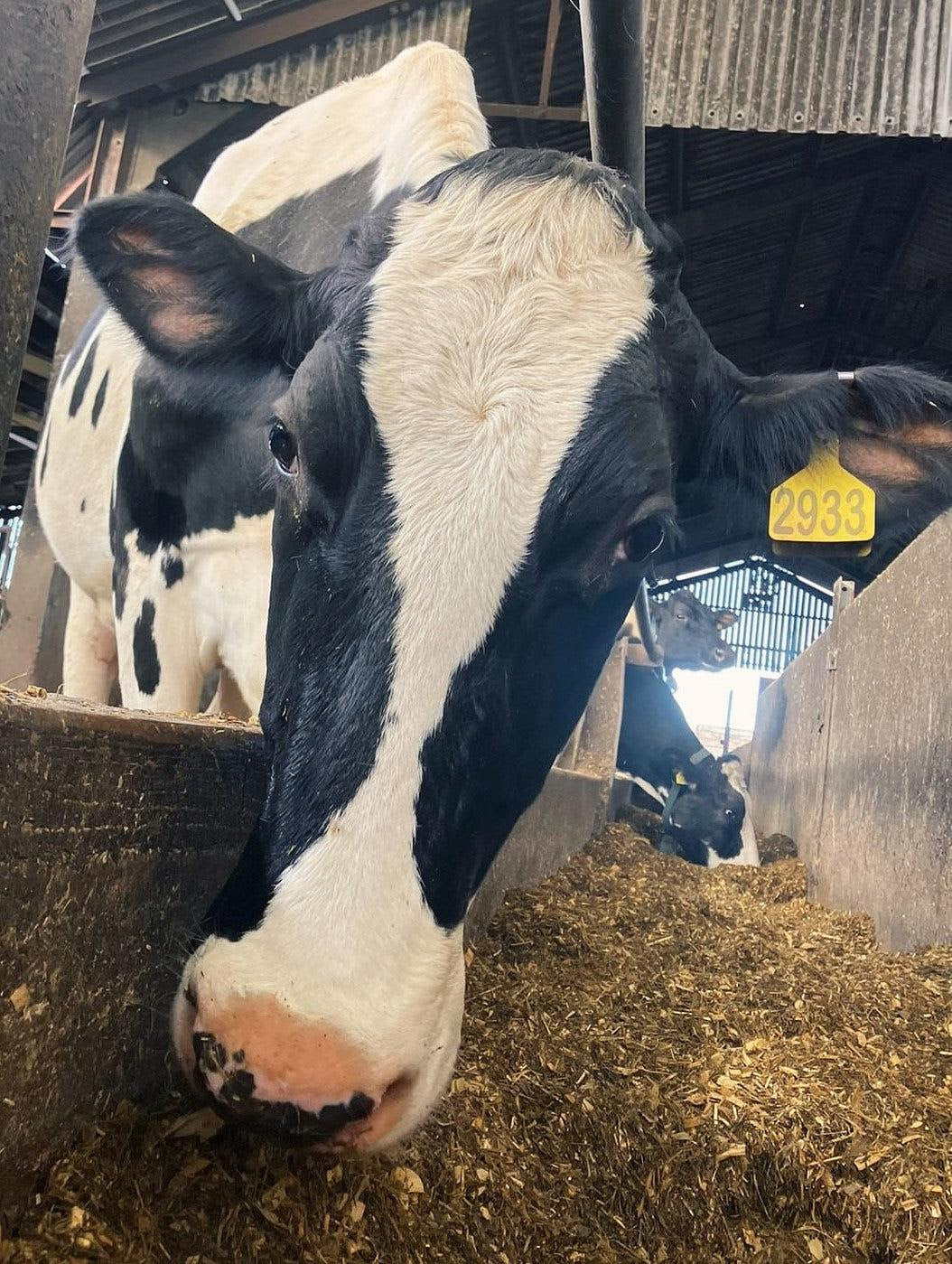|
Difficulty - farmer's wife
Yoghurt features heavily in a lot of Indian cuisine with Chicken Korma being the perfect example. This is my go-to recipe.
Ingredients
2 onions - finely chopped
50g of butter - a good knob
400g of chicken - diced
1 tbsp rape seed oil - ideally something local :)
3 cloves of garlic
1 tsp of ground fresh ginger
1 tsp of ground cumin
1 tsp of gram masala
1 tsp of turmeric
1 tsp of mild chilli powder
½ tsp of ground black pepper
5 cardamom pods - ground down and husks removed
100ml of real milk - a good glug
200 ml of coconut milk
200g of whole milk strained yoghurt
Spoonful of cultured cream - if extra cream is your thing
Salt and pepper to taste
Method
Gently heat the butter in a large frying pan then add the chopped onions – don’t let them go brown!
After 5 minutes of cooking add the garlic and ginger then cook for a further 2-3 minutes.
Tip contents of frying pan into a food blender.
Reheat frying pan adding the rape seed oil then the diced chicken stirring to not let it stick and burn on. Fry all sides of chicken, this should take about 5 – 8 minutes.
Whilst this is happening, add the spices and milk into the blender and blend all together into a smooth sauce. Once blended tip into a saucepan and bring to a simmer adding the coconut milk and chicken.
Let this simmer for 30 minutes stirring occasionally to
prevent a skin forming, add salt to taste.
Remove from heat for 1 minute before stirring in the whole milk strained yoghurt – if added whilst still heating it could cause the yoghurt to curdle – look grainy in the sauce. I also like to add a spoonful of cultured cream for an extra creamy sauce.
Serve with basmati rice.
PS.. the more tumeric you add yellower it will be and the more likely it is going to stain anything it lands on ;)
|
